Japanese Grand Prix: Suzuka International Racing Course
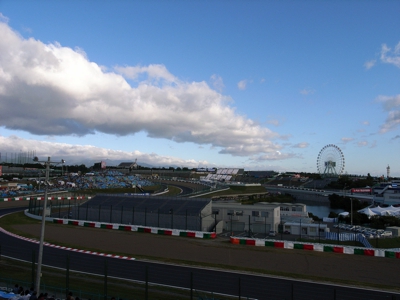
The Suzuka Circuit in Japan, formally known as the Suzuka International Racing Course, is an iconic inclusion on the racing calendar for a number of reasons. First the track used to be held as the final race of the season, meaning it’s crowned 13 drivers as world champions from a possible 30 races that have taken place there. Next, it’s also the only track that’s in a figure of 8 format, with the track passing under via an overpass through the middle sector.
The race takes place in the first week of October, which means it’s much cooler than the summer months and also with an increased chance of rainfall. This adds a great element to the track when wet, making what is arguably the most exciting track in the F1 calendar even more enticing.
Jump to: Circuit Info | Track Layout | Recent Winners | History
Map
Circuit Info
| Location | Length | Corners | Capacity | Year Opened |
|---|---|---|---|---|
| Suzuka | 5.807km | 18 | 155,000 | 1962 |
Circuit Layout
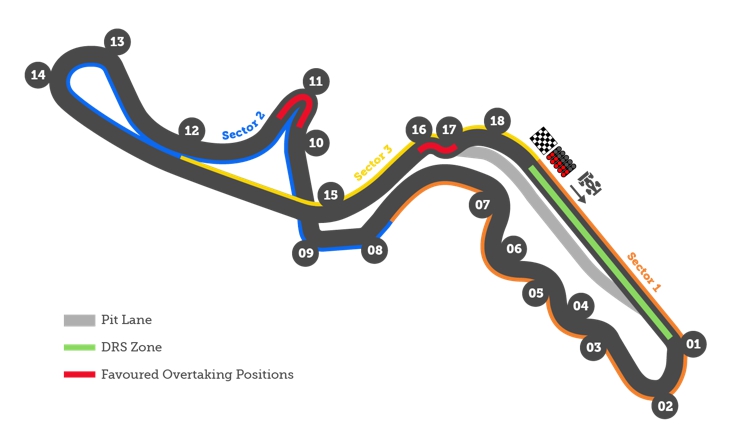
As stated, the track offers a unique look to it from its figure of 8 style. To look at on the map it looks a daunting prospect, that’s tight and twisting, but with a number of sweeping corners that allow cars to get up to great speeds.
One of the characteristics of the track and issues for the teams is that the cars have to be extremely balanced. They need to be set up to allow for strong top speeds and good downforce within the corners, which is a balance that’s not always easy to achieve. It’s almost the complete opposite of a track like Monza, where teams try and remove as much downforce as possible to allow for higher tops speeds given the lack of severity in the track.
The track is very much known as a ‘driver’s circuit. By this, we mean that often the best driver on the day will prosper, rather than just the car, which unfortunately is a common theme in F1 these days. When you look at the most successful drivers at the track such as Michael Schumacher, Lewis Hamilton and Ayrton Senna, this definitely highlights these traits.
The pit straight is relatively short in modern day standards and by the time the cars have started, it’ just a short print down to the first turn. The challenge for the drivers is making sure they are able to get a good line through the ‘S’ curves, or “snake eyes’ as they are commonly referred to. This is a series of 4 corners that go in and out and offer up a great place to overtake within given their fairly low speeds, highlight the need to for a strong racing line.
Two fairly tight right handers greet the drivers are turn 8 and 9, before they head under the overpass into turn 10 and 11. The latter is a tight hairpin that again offers drivers a good overtaking opportunity. Turn 12 is a quick right hander that sweeps up to the Spoon curve, where the drivers start to come back on themselves and through the fastest part of the track.
They are able to head through turn 15 in 4th gear at around 140mph and then come up to Casino Triangle, which is the final battle on the track. A sharp left, into an almost hairpin right makes for a slow couple of corners, before firing back the pit straight and across the line.
The track has seen 4 major renovations and design changes over its 50+ year history. In 1983, a chicane was added (Casino Triangle) in order to help slow cars down somewhat. It also saw the inclusion of a number of crash barriers which improved safety at the track significantly.
In 2002, the Snake Curves from corners 3 to 7 were also lessened to make them a little quicker in transition. A further adjustment in 2003 saw the chicane at Casino Triangle open up again to increase speeds.
Recent Winners
| Year | Driver | Car | Fastest Lap |
|---|---|---|---|
| 2017 | Lewis Hamilton | Mercedes | 1.33.730 |
| 2016 | Nico Rosberg | Mercedes | 1.36.049 |
| 2015 | Lewis Hamilton | Mercedes | 1.36.145 |
| 2014 | Lewis Hamilton | Mercedes | 1.51.600 |
| 2013 | Sebastian Vettel | Red Bull | 1.35.317 |
Other Races at the Suzuka Circuit
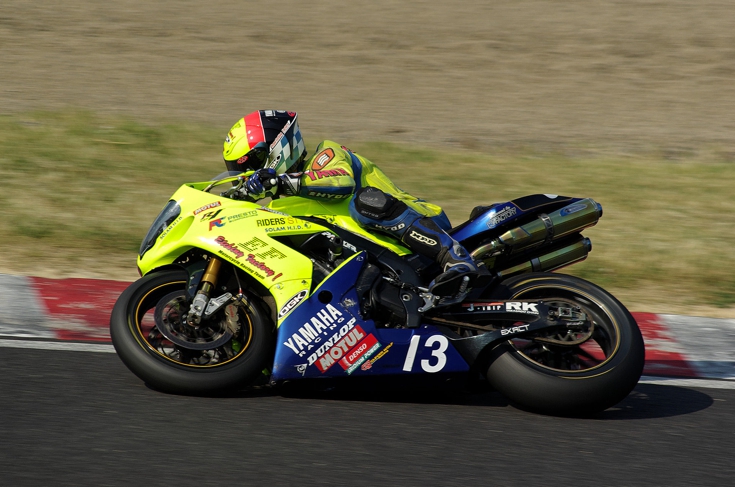
Suzuka is famed for all motor racing and whilst F1 is right up there with the best, it’s an iconic fixture for a number of other disciplines within the sport.
These include the likes of the Suzuka 8 Hour Race, World Touring Car Championship, Super Gt, Super Formula, MJF Superbike, D1 Grand Prix and the Super Taikyu.
History
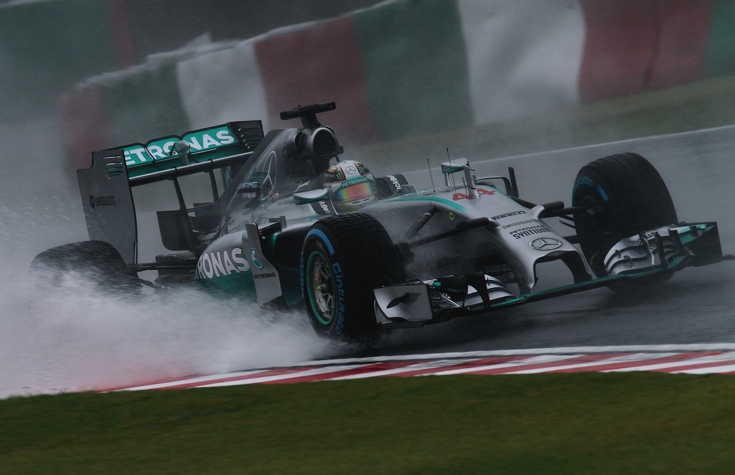
The concept of the track was first set about in the late 1950s. It was Soichiro Honda who was the mastermind behind the track, but instead of setting it up for racing initially, the idea was that it would be used as a test track for new Honda products. The designer that they got on board was that of Dutchman, John Hugenholtz, and his then radical design of figure 8 layout was greeted with great excitement by that of Honda at the time.
Fuji Speedway
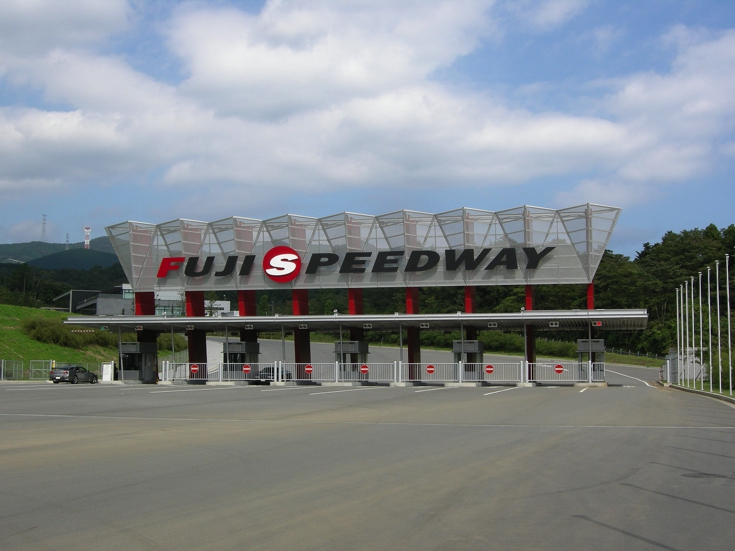
But, the first of the Japanese Grand Prix’s were held at the Fuji Speedway in 1976. They hosted some epic race such as the title decider between Niki Lauda and James Hunt in 1976. The monsoon conditions, which aren’t uncommon at the track, meant that Lauda withdrew from the race on safety issues, which was probably more down to the fact he’d had a near fatal crash earlier in the season at Germany. Hunt eventually went on to claim 3rd spot after fighting hard from 5th, enabling him to claim the 4 points he needed to win the World championship.
The Fuji Speedway was renowned for its hazardous layout though and several deaths were seen throughout the years. A crash between Gilles Villeneuve and Ronnie Peterson saw the Ferrari collide with two spectators, killing them instantly. This would be the last time the race appeared at the circuit for some time.
Grand Prix at Suzuka Circuit
The Suzuka Circuit was held as the return of the Japanese Grand Prix in 1987. The return to a driver favourite track meant that both fans and drivers were delighted. The first race back did not disappoint, which saw Nigel Mansell crash out in qualifying aggravating a back injury, essentially handing the title to Nelson Piquet.
A return to racing at the Fuji Speedway, now owned by Toyota, in 2007 was met with mixed reviews from the driver. They had instilled the help of legendary racetrack designer Herman Tilke to help with the redesign, but drivers were still critical of the track.
The deal was initially that Grand Prix’s would alternative between the two tracks, but the economic fallout in 2008 meant that from 2009 the Fuji track wouldn’t be hosting any more Grand Prix’s, with Suzuka gaining exclusive rights and having hosted the race ever since.

